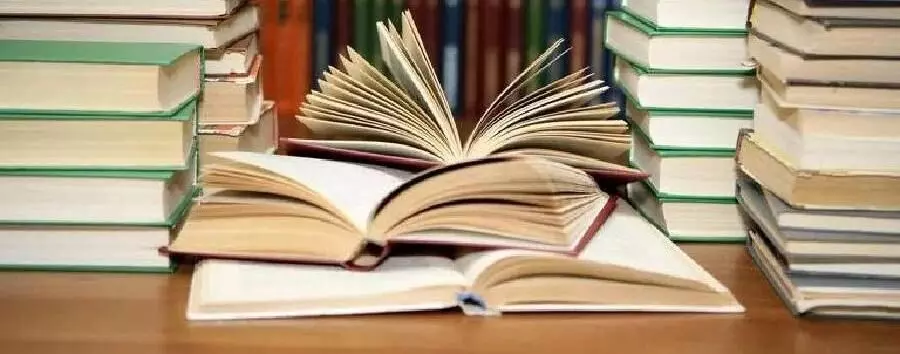
Gujarat board guarantees correction of ‘factual errors’ on Buddhism in textbook
text_fieldsA former Gujarat Public Service Commission (GPSC) member and Buddhists in the state have petitioned the Gujarat State Board of School Textbooks (GSBST) to have a Class 12 Sociology textbook that portrays Buddhism in an inaccurate manner removed.
When GSBST Director V R Gosai met with the Buddhist leaders on Thursday, he gave them the assurance that the error would be fixed.
The Buddhists took issue with the textbook's assertions that, among other things, the religion believes in reincarnation, has two levels of people—upper and lower—and that its religious instructor is called a Lama.
Gujarat Buddhist Academy (GBA), Mulchand Rana, a former member of the GPSC, and several followers of the religion filed representations with the office of the GSBST director on Thursday, requesting that the textbook's "lies" be replaced with accurate facts.
Additionally, copies of the representations were addressed to the Minister of Education, the Governor, and the Chief Minister. GBA is one of the state's top Buddhist organisations. It stated that the misleading material had been published with "ill-intentions.”
However, GSBST director Gosai, said it is “more of a matter of factual error”. “The Sociology textbook of Class XII has been printed since 2017 and there is a paragraph on Buddhism in it. In its previous edition of 2005, too, this content was there. We have got representations related to it for the first time. We have taken it (the representations) seriously,” he said.
The controversial passage may be found in a portion of the chapter "Indian Culture and Community," which discusses the eight different religious communities that call India home, including Buddhism.
The paragraph reads: “Like Sikhs, the portion of the followers of Buddhism is also meager in India. Most of them live in Maharashtra. They also reside in north-west India and in Arunachal Pradesh. Buddhism had a considerable spread in India at the time of the emperor Ashoka. Buddhism has three branches, namely, Hinyana, Mahayana and Vajrayan. It has two levels. The upper level of Buddhism includes Brahmins, Kshatriyas, and certain elites, while the lower level consists of the tribals and marginal groups converted to Buddhism. Sarnath, Saanchi and Bodhigaya are important centres of Buddhism. Their religious teacher is known as Lama. Their religious places, known as Buddhist temples, have ‘wish wheels’. Tripitaka is their scripture and they believe in karma and reincarnation.”
The textbook for class 12 is available in Hindi, Gujarati, English, Marathi, Urdu, and Sanskrit.
Studying the 'controversial' paragraph, GBA has identified five "lies" about Buddhism and its adherents in it. The GBA memorandum addressed the textbook's allusion to "two levels" of Buddhism, stating that the religion is rather like "an ocean" that embraces and welcomes members of all social classes and "does not follow a caste system, unlike Hinduism.”
It has further declared that the Buddhist belief in reincarnation is false. Regarding the mention of Lama as the Buddhists' spiritual guide, the memorandum states, “Lamas are religious gurus of Tibetan Buddhist sect and not of entire Buddhism. The religious gurus in Buddhism are known as Bhikshu.”
According to the memorandum, the wish wheel is a Tibetan custom rather than a universally recognised symbol for Buddhism.
The "dhamma chakra (Ashok Chakra), that is there in the Indian emblem," is the Buddhist symbol. According to Mulchand Rana's representation, Buddhist religious places are not Buddhist temples but Bauddha Vihar.
The state board has asked the representatives to share the correct facts. “We will circulate the corrected paragraph in schools and the question on it will also be asked accordingly in exams. When the book gets printed next, the correction will be made in it… We are open. They (the Buddhists) have told us that they will provide the correct details in two days. Once they provide it, we will discuss it with the authors and decide on the new details to be kept (in the textbook),” Gosai added.
GBA secretary Ramesh Banker said, “The board has accepted the mistake and asked us to provide a correct version to replace the current text with. We will provide it in a day or two.”





